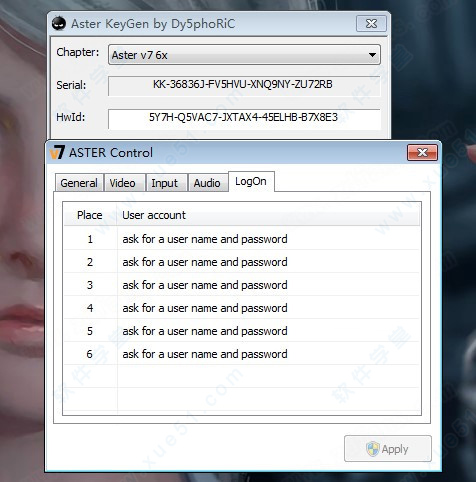

Neuroimaging studies have repeatedly reported findings of activation in frontoparietal regions that largely overlap across various cognitive functions. Lückmann, Helen C Jacobs, Heidi I L Sack, Alexander T The cross- functional role of frontoparietal regions in cognition: internal attention as the overarching mechanism. Here, we review the human neuroimaging literature that has begun to explore space-based, feature-based, object-based and category-based attentional control within the context of topographically defined frontoparietal cortex.

The recent advent of topographic mapping via functional magnetic resonance imaging (fMRI) has allowed the reliable parcellation of the network into 18 independent subregions in individual subjects, thereby offering unprecedented opportunities to address a wide range of empirical questions as to how mechanisms of control operate. However, the mechanistic underpinnings of these control functions have remained elusive due to limitations of neuroimaging techniques that rely on anatomical landmarks to localize patterns of activation. Human frontoparietal cortex has long been implicated as a source of attentional control. Scolari, Miranda Seidl-Rathkopf, Katharina N Kastner, Sabine Atypical frontoparietal control network may play a pivotal role in the pathophysiology of ADHD.įunctions of the human frontoparietal attention network: Evidence from neuroimaging The findings support potential integration of the disconnection model and the executive dysfunction model for ADHD.

Furthermore, this aberrant connectivity of the frontoparietal control network in ADHD was associated with symptoms of impulsivity and opposition-defiance, as well as impaired response inhibition and attentional control. Compared with TD children, children with ADHD demonstrated weaker connectivity between the right anterior prefrontal cortex (PFC) and the right ventrolateral PFC, and between the left anterior PFC and the right inferior parietal lobule. Spearman's rank correlations were used to test the associations between altered patterns of functional connectivity with clinical symptoms and executive functions, measured by the Conners' Continuous Performance Test and Spatial Span in the Cambridge Neuropsychological Test Automated Battery. All participants had limited in-scanner head motion. We used resting-state functional MRI and seed-based correlation analyses to investigate functional connectivity of the frontoparietal control network in a sample of 25 children with ADHD (7-14 years mean 9.94 ± 1.77 years 20 males), and 25 age-, sex-, and performance IQ-matched typically developing (TD) children. Involvement of the frontoparietal control network based on the anterior prefrontal cortex in neurobiological mechanisms of ADHD has yet to be tested. Individuals with attention-deficit/hyperactivity disorder (ADHD) commonly exhibit deficits in executive functions, which are mainly mediated by the frontoparietal control network. The frontoparietal control network, anatomically and functionally interposed between the dorsal attention network and default mode network, underpins executive control functions. Lin, Hsiang-Yuan Tseng, Wen-Yih Isaac Lai, Meng-Chuan Matsuo, Kayako Gau, Susan Shur-Fen

Altered resting-state frontoparietal control network in children with attention-deficit/hyperactivity disorder.


 0 kommentar(er)
0 kommentar(er)
